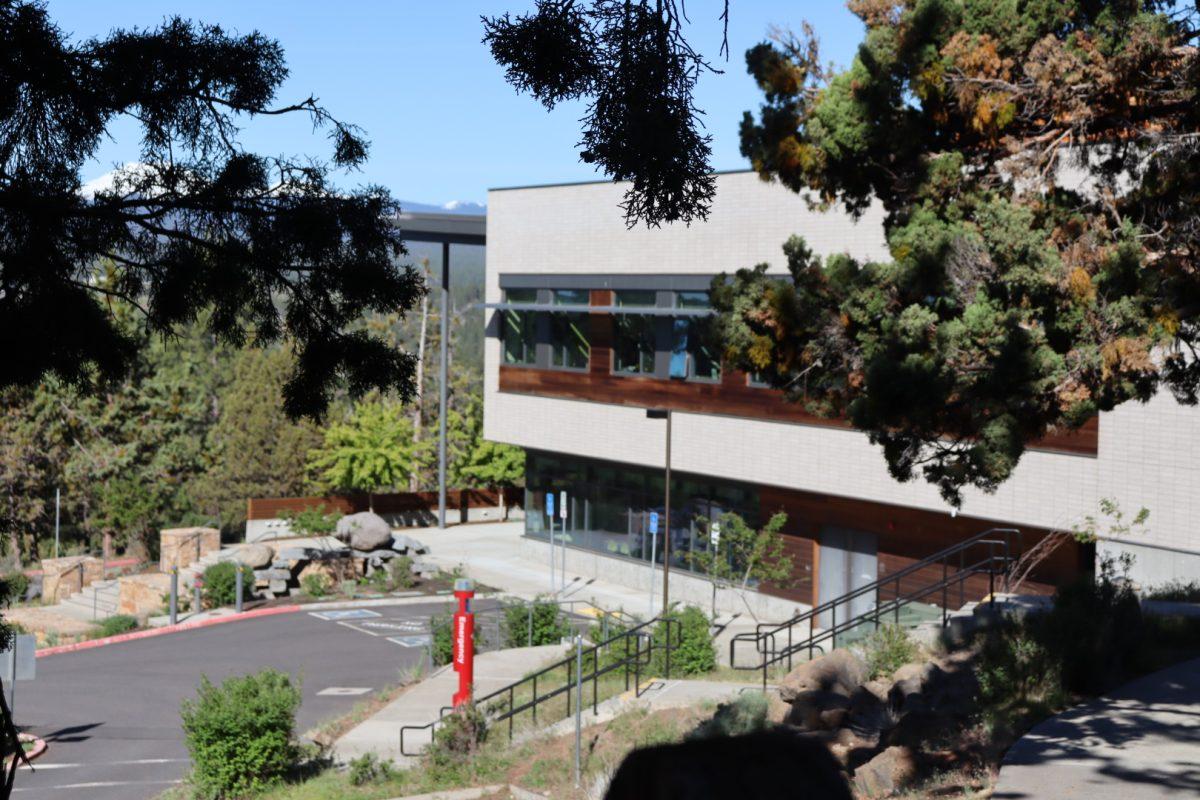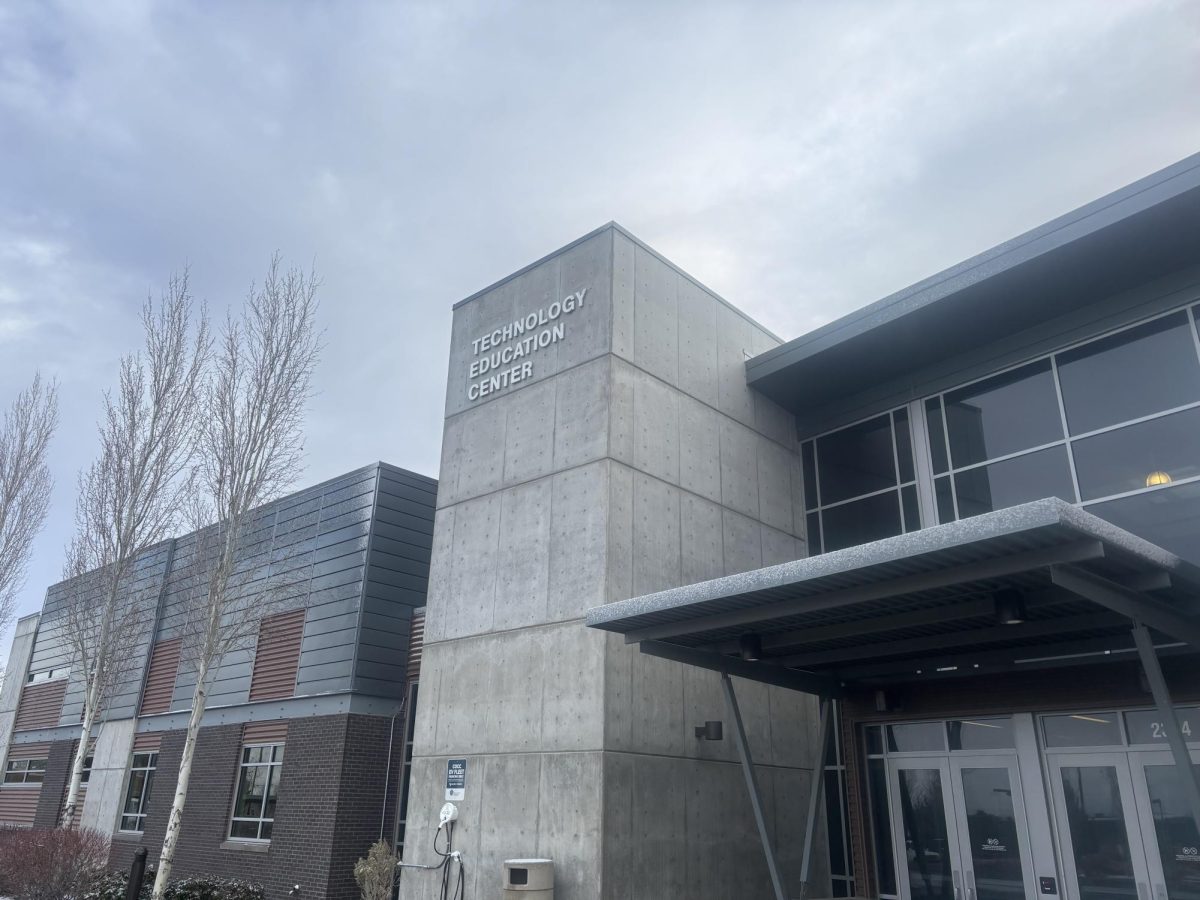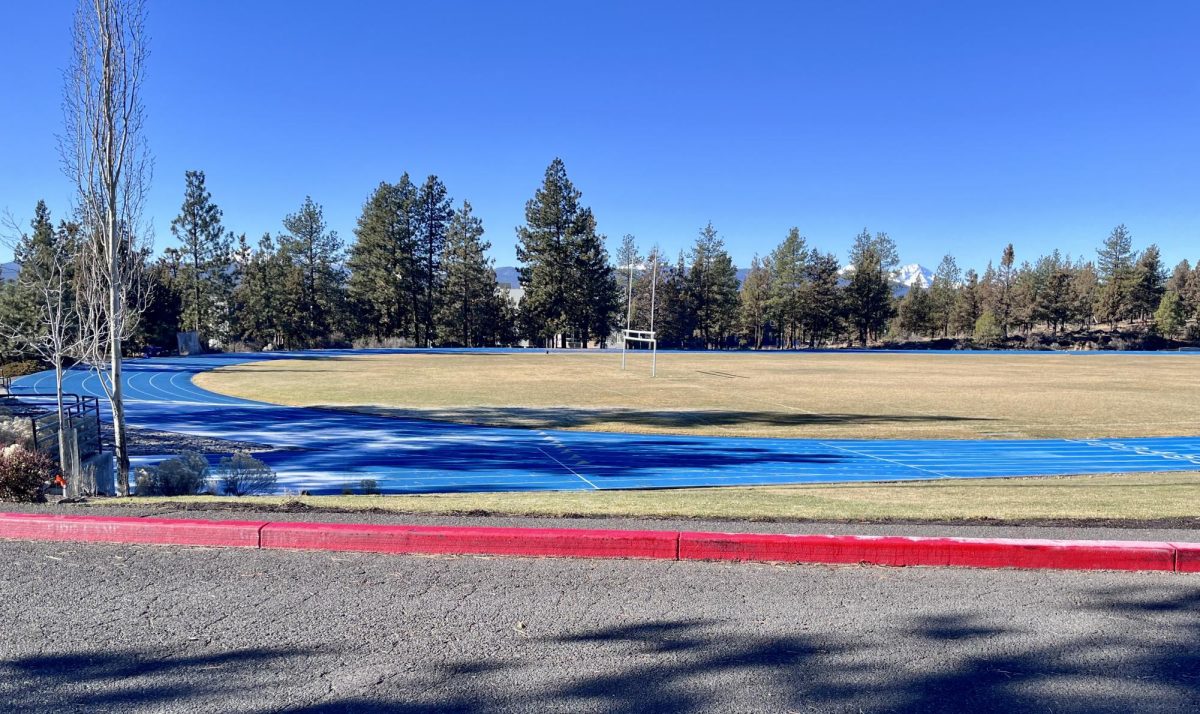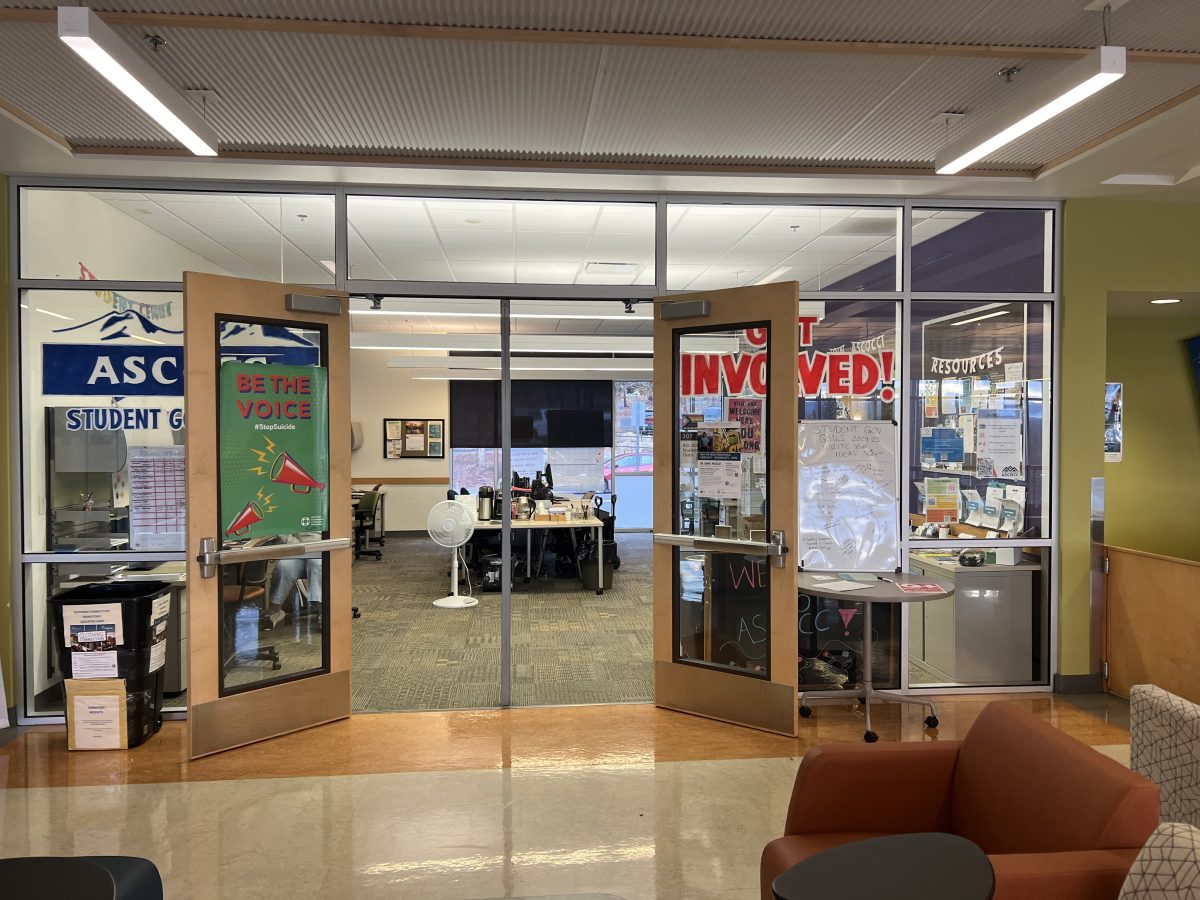Ayla Adkins/The Broadside
Formal educational methods around the world are all diverse. Yet, it always seems surprising that something so familiar is entirely different somewhere else. Comparing school systems can be beneficial to help understand what can be improved and a reminder of what to do well. A particularly interesting comparison can be found when looking at the education practices in America and Australia. Rohan Grace is an Australian man who went to school in Aussie, and commented on a few things that he likes about the Australian school system.
Here are three things that Australian schools do that Americans could take note of:
#1) School Breaks/Vacations
In most American schools, there is either a trimester, semester, or quarter format. During the school year, an extensive Christmas break and a short spring break are accompanied by a very long summer break. In Australia, it is quite different. Australians have term breaks after every term with a more extended Christmas break– which is also their summer break. Rohan Grace elaborated on the usefulness of the breaks, saying:
“Term breaks were usually around 2 weeks long, minus Christmas/summer break which was usually 3 or 4, but they were short enough for parents to take some time off work and spend it with their kids. Unlike American breaks, [specifically summer breaks] where it’s a few months long and you have to arrange child-care and work more.”
By rearranging school vacations’ duration and frequency, it lowers the constant need for having to re-teach and re-learn a subject. In addition, it makes it easier for families to be together.
#2) School Curriculums
In the U.S, there are over 50 states, each with their own state curriculum. That means that an 11th-grade student in Oregon could be learning something unrelated at a completely different time than an 11th-grade student in Pennsylvania. This makes transferring schools very difficult and getting into out-of-state universities even harder. Rohan Grace said that he found this “a bit weird” because in Australia they do things differently. Instead of multiple curriculums, Australia has a national curriculum that ensures that each student is on the same playing field as all other students within the country. This makes transferring schools more seamless and easier on the students, parents and teachers.
#3) Nutrition Education
In most American schools, students will take a health class or two. These classes cover lots of information that usually consist of topics such as exercise, nutrition, sexual awareness, first aid and sometimes mental health. Australia teaches all of these as well but puts focus on one in particular: nutrition. Many schools in Australia are starting to adopt nutritional programs. These programs teach teens how to choose healthy foods, understand all the ingredients on packages, cook meals and even how their food choices affect the environment. Rohan Grace found this new program interesting stating,
“As our world and countries change we need to learn to change with it and I think adding these classes is a big step in the right direction.”
Australia recognizes the change that is happening within their country, so by updating their curriculum it shows that they are dedicated to making students their priority.
No school system is perfect. There will always be a chink in the chain, but by comparing other education systems’ practices, we can create a more well-rounded school experience for our future students. As Central Oregon increases in population the importance for everyone to continue being active members in our educational system increases as well. After all, Central Oregon’s future will one day be in the hands of those students so it is our job to educate them in the best way possible.














